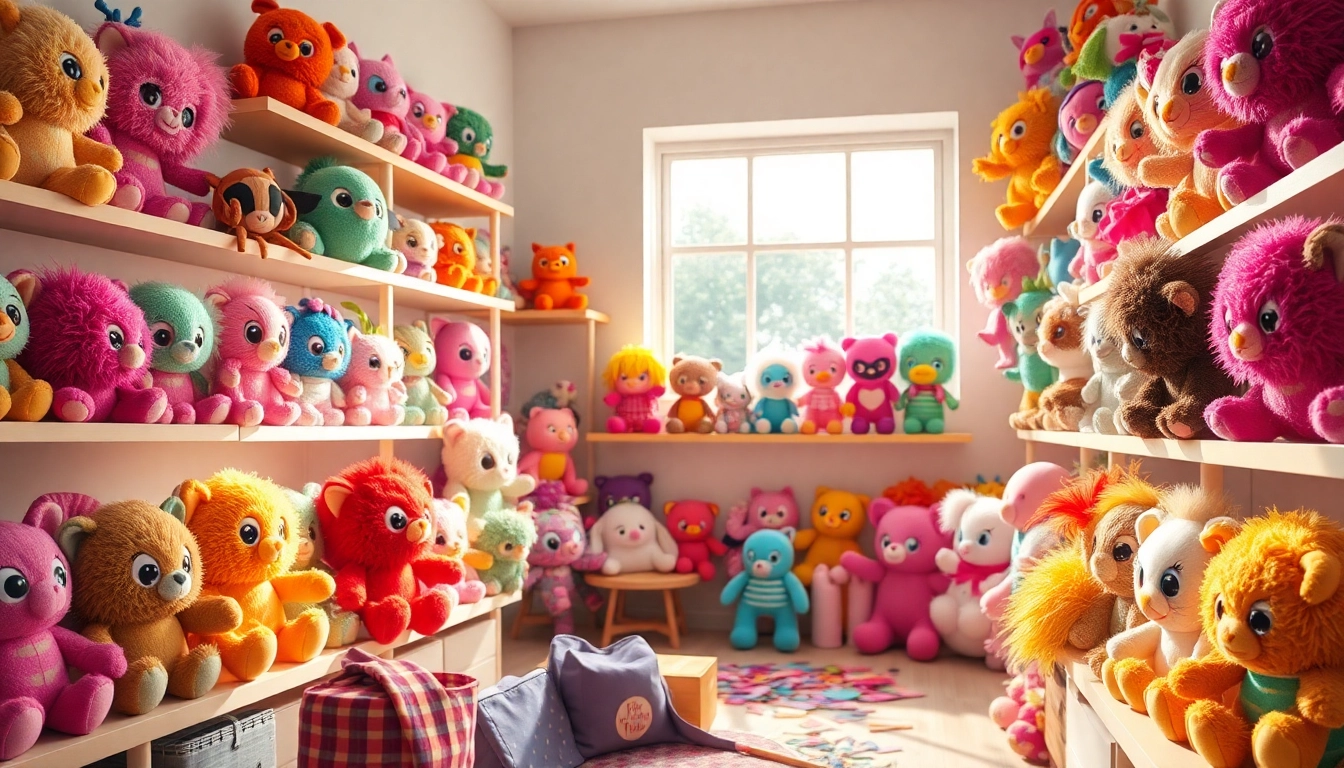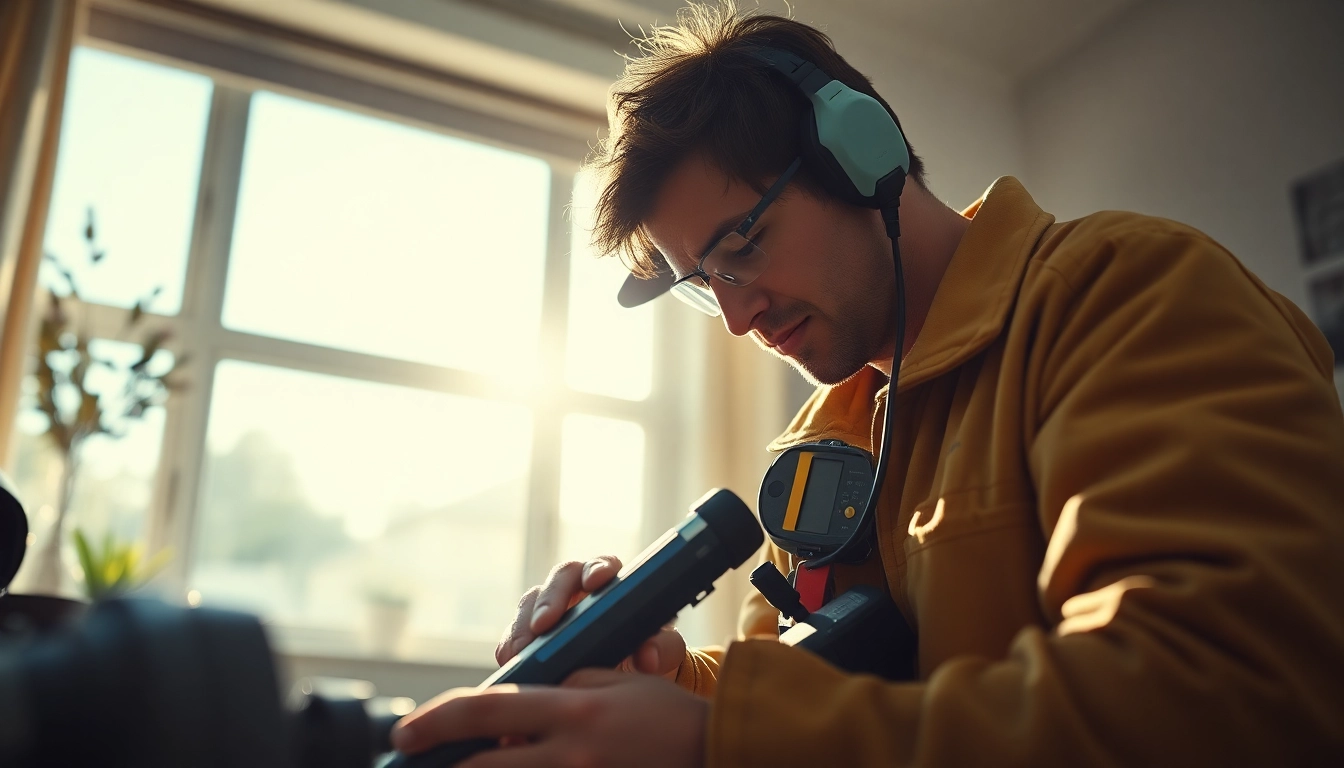Understanding Custom Plushies
What Are Custom Plushies?
Custom plushies are personalized stuffed animals or plush toys designed according to the specific needs and preferences of an individual or organization. These plush toys can be based on original characters, personal designs, art from children, or even interpretations of existing characters. The beauty of custom plushies lies in their unique designs that reflect an individual’s creativity and imagination. They can serve many purposes, such as gifts, promotional items, or cherished keepsakes.
The process of crafting custom plushies often begins with an idea, art, or character sketches, which can then be transformed into three-dimensional forms through various manufacturing techniques. For more information on options for creating custom plushies, it is essential to understand both the creative and technical aspects involved in their production.
The History of Custom Plush Toys
The history of plush toys dates back to the late 19th century when the first stuffed animals began to emerge as toys for children. By the early 20th century, companies began to produce plush toys in large quantities, introducing beloved characters such as teddy bears. However, the notion of custom plush toys, tailored to individual specifications, gained traction in the late 20th and early 21st centuries, propelled by advancements in manufacturing technology and a growing desire for personalization in consumer products. This shift towards customization allowed consumers not only to choose the design but also materials and sizes, leading to the rise of small businesses and independent creators specializing in custom plushies.
Types of Custom Plushies Available
With the versatility of custom plushies, several types and styles are available to suit various tastes and purposes:
- Character Plushies: Designed based on cartoons, movies, or original characters, these plushies can become treasured collectibles.
- Pet Plushies: Custom plushies that resemble pets are a popular choice for pet owners looking to immortalize their furry friends.
- Artistic Plushies: Handmade plush toys that showcase artistic talent or carry a personal story, often inspired by drawings or illustrations.
- Promotional Plushies: Businesses create custom plushies as marketing items, representing their brand, mascots, or products.
Designing Your Custom Plushies
Inspirational Ideas for Unique Designs
The creative potential for custom plushies is vast. Here are some inspirational ideas to consider when designing your unique plush toy:
- Childhood Characters: Recreate beloved childhood characters or cartoons in plush form.
- Fan Art: Bring to life fan art by transforming cherished illustrations into plush toys.
- Story-based Designs: Create plushies that tell a story or represent a significant moment, such as a favorite memory or family tradition.
- Cultural Symbols: Incorporate cultural elements, folklore, or themes relevant to personal beliefs or heritage.
Materials and Fabrics for Custom Plushies
The choice of materials and fabrics plays a crucial role in the aesthetics, feel, and durability of custom plushies. Common materials include:
- Soft Fleece: Popular for its softness, fleece is often used for plush exteriors.
- Minky Fabric: This luxurious fabric is exceptionally soft, making it a favorite for cuddly toys.
- Canvas or Cotton: These fabrics are excellent for durability and can easily be printed or dyed for custom designs.
- Eco-friendly Fabrics: More consumers are seeking plushies made from sustainable materials, such as organic cotton or recycled polyester.
Prototyping and Iteration Process
Prototyping is a vital step in the creation of custom plushies, allowing for adjustments and improvements before final production. The process typically involves:
- Initial Design: Begin with sketches or digital renderings to visualize the plush toy.
- 3D Model Creation: Many manufacturers use 3D modeling software to create a representation of the plushie or even 3D print a prototype.
- Feedback Gathering: Show the prototype to potential buyers or stakeholders for feedback on design, size, and comfort.
- Refinement: Incorporate feedback and refine the design before moving to mass production.
Manufacturing Custom Plushies
Choosing the Right Manufacturer
Selecting the right manufacturer is crucial for producing custom plushies. Consider these factors when evaluating options:
- Experience: Look for manufacturers with a proven track record in producing quality plushies.
- Portfolio: Review their portfolio to understand their design capabilities and style.
- Communication: Ensure that the manufacturer is open to collaboration and provides clear communication throughout the process.
- Location: Depending on your needs, consider whether it is more beneficial to work with a local or overseas manufacturer.
Quality Control in Custom Plushies Production
Maintaining quality during production is non-negotiable. Effective quality control measures include:
- Material Inspection: Assess the quality of the fabrics and stuffing materials before production begins.
- Mid-production Checks: Implement inspections at various stages of production to catch defects early.
- Final Quality Assurance: After production, perform thorough checks to ensure each plush toy meets required standards before shipment.
Understanding Minimum Order Quantities
Many manufacturers have minimum order quantities (MOQs) that can affect your production choice. Understanding MOQs can help you plan your budget and inventory:
- Small Orders: Some manufacturers specialize in low MOQ options, ideal for small businesses or personal projects.
- Bulk Orders: Larger manufacturers often provide lower costs per unit for bulk orders, suitable for businesses looking to sell custom plushies.
- Flexibility: Look for manufacturers that offer flexibility in MOQs, allowing adjustments based on seasonal demands or product launches.
Marketing and Selling Custom Plushies
Best Platforms for Selling Custom Plushies
When it comes to selling your custom plushies, selecting the right platforms can significantly influence your success. Here are some popular options:
- Online Marketplaces: Platforms like Etsy and Amazon Handmade allow independent creators to showcase and sell custom plushies to a broad audience.
- Social Media: Use platforms like Instagram and Facebook for direct sales, leveraging visual content to attract potential buyers.
- Personal Websites: Creating a dedicated website allows full control over brand presentation and enables direct-to-consumer sales.
Creating Compelling Product Listings
Effective product listings can make a significant difference in attracting customers. Consider these elements:
- High-Quality Images: Provide clear and detailed images that showcase the plushies from various angles.
- Engaging Descriptions: Write captivating descriptions highlighting the plushie’s story, materials, and unique features.
- Customer Reviews: Encourage customers to leave reviews, as positive feedback can greatly enhance credibility and attract new buyers.
Utilizing Social Media to Promote Custom Plushies
Social media platforms can be powerful tools for promoting custom plushies. Strategies include:
- Content Sharing: Share behind-the-scenes content, such as design processes or customer testimonials, to engage followers.
- Collaborations: Partner with influencers or artists to reach new audiences and enhance credibility.
- Targeted Ads: Use targeted advertising on platforms like Facebook and Instagram to reach potential buyers based on interests and demographics.
Customer Experience with Custom Plushies
Building Loyalty Through Custom Plushies
Creating high-quality custom plushies is just the beginning; building customer loyalty is crucial for long-term success. Consider these strategies:
- Engagement: Regularly engage with customers through newsletters, updates, and personalized recommendations.
- Feedback Loops: Encourage feedback and use it to improve products and services, showing customers their opinions matter.
- Exclusive Offers: Provide loyal customers with exclusive discounts or early access to new designs to encourage repeat purchases.
Gathering Feedback for Future Designs
Feedback is invaluable when designing future custom plushies. Effective methods for gathering it include:
- Surveys: Conduct surveys post-purchase to understand customer satisfaction and gather ideas for new designs.
- Social Media Interaction: Make use of social media polls or comments to gauge interest in potential new designs.
Success Stories from Custom Plushies Buyers
Many businesses and individuals have found success through custom plushies. Case studies may include:
- Small Business Growth: An individual artist who started creating plushies as a hobby may share how they turned it into a thriving business.
- Community Builds: Families who have created custom plushies to commemorate special events or memories, highlighting the emotional aspects of these toys.



